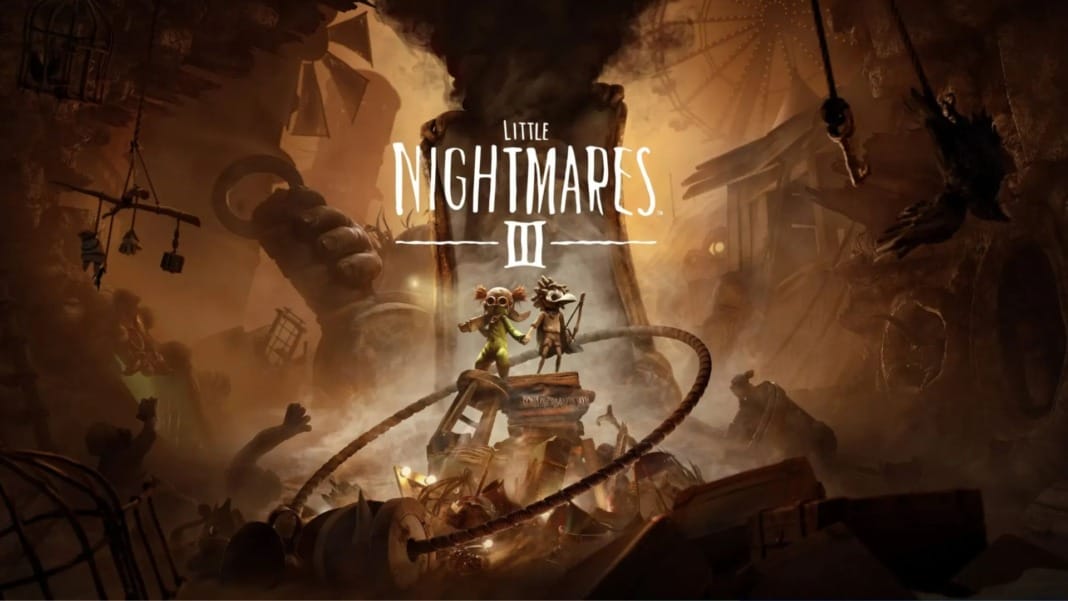Players anticipating a chilling platform-puzzle adventure in Little Nightmares 3 have reported frustration after spending hours grappling with the game’s dark environments and vague design choices. Despite its beautiful artwork and haunting musical score, the latest entry in the franchise has been criticised for its lack of clarity and challenging mechanics, which many find more irritating than engaging.
Poor visibility undermines the atmosphere
When the game begins on PlayStation 5, its title screen promises a haunting journey, and for some moments, Little Nightmares 3 delivers. The score is both haunting and beautiful, and the environments are visually striking. However, even after increasing brightness and enabling accessibility aids such as object outlines, many details remain nearly invisible. Collectable dolls and interactive objects often blend into the scenery, and without outlines, they are almost impossible to detect. A flashlight picked up midway through the game offers some help, but not enough to counterbalance the pervasive darkness that characterises most sections.
Tutorials and guidance also falter. Newcomers expecting a gentler introduction are instead thrust into puzzles and platforming challenges with little instruction. Many players struggle to distinguish between background decoration and interactive elements in the environment. This opacity worsens when the game employs its signature 2.5D perspective. The camera angle, combined with low visibility, makes it unclear where platforms begin or end, increasing the chances of fatal falls. Close-range combat is equally problematic, as enemy hits are lethal and the window to land a successful attack is narrow.
Gameplay frustrations outweigh horror
Puzzles in Little Nightmares 3 suffer from both design and implementation issues. Many early puzzles are conceptually simple but become deeply frustrating in practice. One sequence involves operating a crank, waiting for an AI companion to assist, then advancing—but often there is no indication when the companion will act. Players are left guessing whether progress depends on their timing, the environment, or AI behaviour.
The game includes online multiplayer, which can alleviate some of the difficulty by allowing a second human player. However, the absence of couch co-op means that solo players must rely on the companion’s erratic behaviour, which further undermines pacing and enjoyment.
What is most disappointing is that Little Nightmares 3 fails to create genuine horror or tension. While earlier entries in the franchise used darkness and limited light to build suspense, here the effect is muddied by the inability to see and the lack of atmospheric payoff. Enemies are not particularly frightening, and encounters feel more annoying than tense. One of the game’s more memorable traversal mechanics, the umbrella float over air vents, is replaced later on with a near-useless flashlight, leaving little in the way of interesting tools or methods.
Final thoughts
Although Little Nightmares 3 boasts beautiful art design and ambitious world-building, its execution is hindered by poor visibility, minimal feedback, and frustrating puzzles. What might have been a compelling, eerie adventure turns into what many will describe as an extended exercise in irritation rather than fear.





